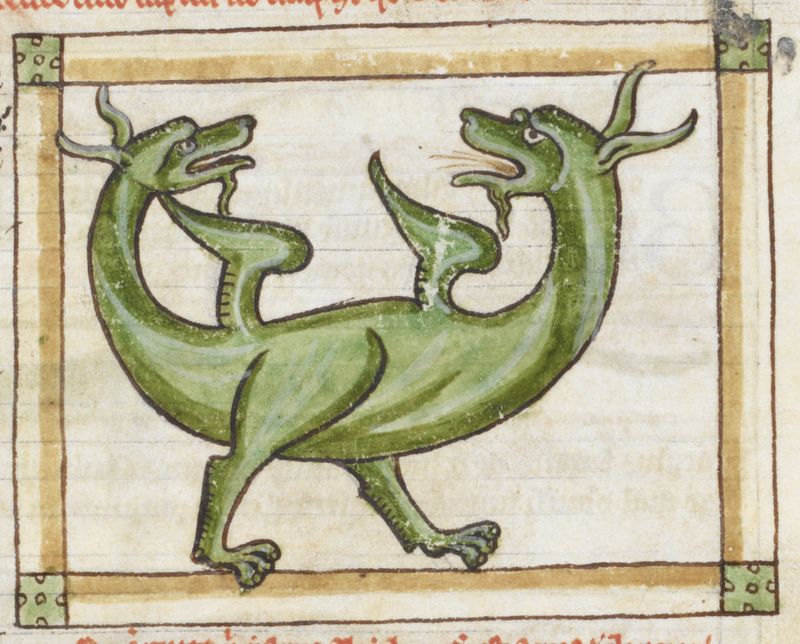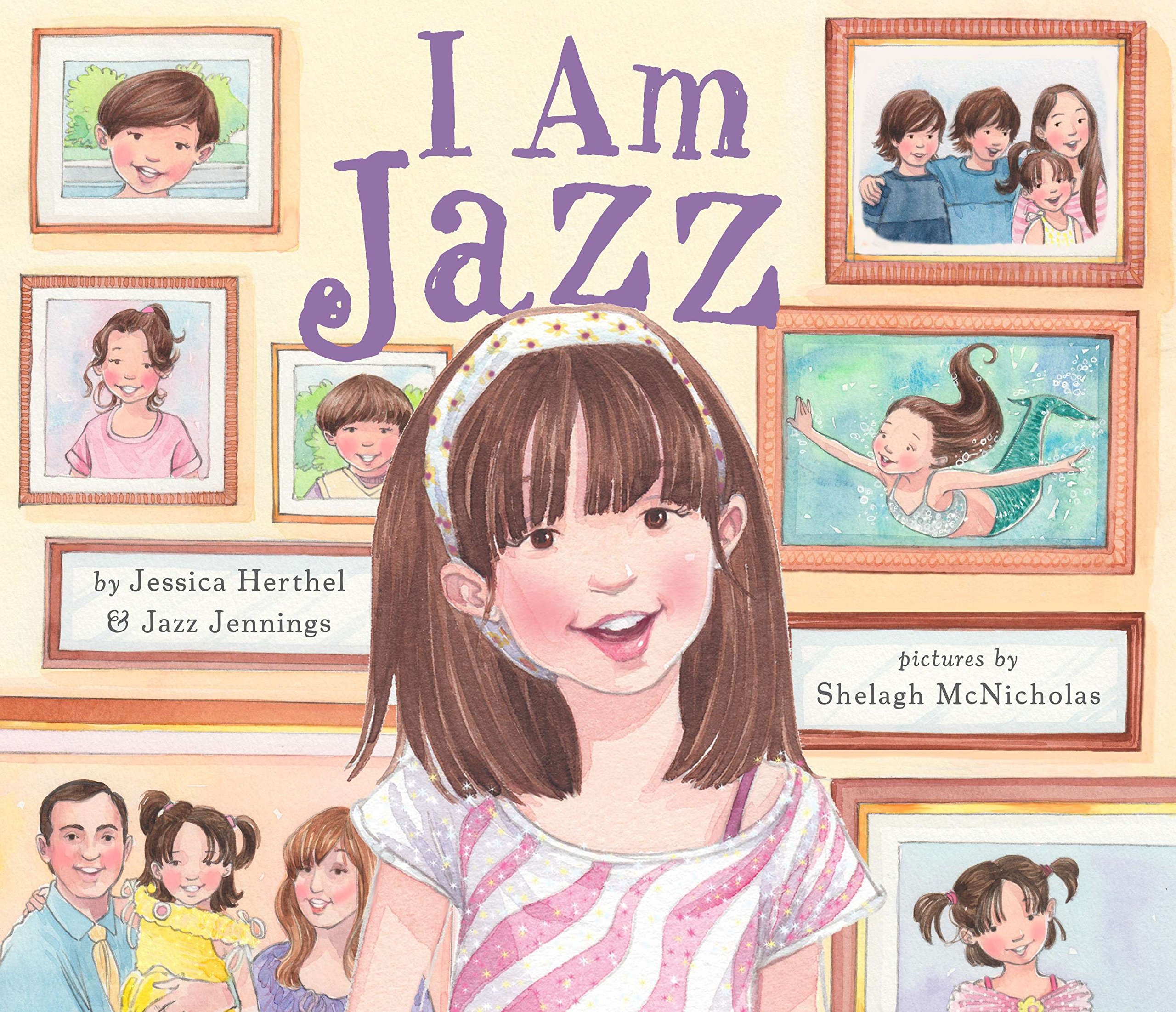Determined to be relevant, my town library is ripping out its excessively gendered Women’s and Men’s rooms to make way for four gender-neutral bathrooms. The renovation concretizes the American Library Association’s endorsement of gender ideology and transgender identity.
Measured by the ALA’s Office for Diversity, Literacy and Outreach Services, relevant means assisting “traditionally underserved” communities. Among those neglected, the ALA cites “GLBT populations,” an improbable capitulation to identity politics. The ALA has decided that a sexually fungible—also militant, well-funded, and politically savvy—fragment of the public needs more material about itself. In accord with a service model, selections must be supportive, even flattering. They should convey no hint of skepticism toward customized genders, and admit no reluctance to grant legal prerogatives to a mental health predicament.

The word transgender typed into the online search box of my town library catalog, part of the Westchester Library System, yields 177 titles of books and DVD’s on the subject. The actual amount of circulating material, however, is significantly higher since many titles, particularly for young readers, exist in multiple copies throughout the county. All can be delivered to your home library.
All but one promote public assent to the assumptions of a movement derived from queer theory and built on a psychiatric condition. Ryan Anderson’s lucid, fact-based When Harry Became Sally is the sole exception. (Only a single copy exists in the system.) Otherwise absent are any sober assessments of transgenderism’s considerable complexities and consequences. Advocacy becomes a lens through which library items are chosen for purchase.
A brief tour of representative holdings conveys the tone of material and the politics it serves. (Entries below are followed by comment from the library’s or publisher’s blurb.) Pop culture is a prime disseminator of the gender identity theme. Consequently, the normalization of transgenderism, particularly as packaged for young people, arrives by way of entertainment, story-telling, and the touching memoir. Trans-friendly fiction for teens—and younger—is conspicuous. Take a glance:
- The Danish Girl [DVD]. Greta and Einar’s marriage evolves as Einar becomes Lilli, a groundbreaking transgender pioneer. (67 copies)
- 3 Generations [DVD]. A PG-13 movie about a teenage boy who decides to transition from male to female. (17 copies).
- If I Was Your Girl. When she falls for Grant, Amanda finds herself yearning to share with him her previous life as Andrew. (19 copies; Juvenile Fiction)
- Becoming Nicole: The Transformation of an American Family. A family rises to the challenge when their son insists he is a girl. (25 copies; Biography /Young Adult nonfiction)
- The Art of Being Normal. Teenaged David wants to be a girl. (12 copies; Fiction). For grades 9 and up.
- Rethinking Normal: a Memoir in Transition. A small boy realizes very young that a serious mistake had been made; he was a girl who had been born in the body of a boy. (11 copies; Young Adult)
- Some Assembly Required: the Not-So-Secret Life of a Transgender Teen. Described as a “winning teen memoir.”(16 copies)
- Trans-bodies, Trans-Selves: a Resource for the Transgender Community. Each chapter is written by “transgender or genderqueer” authors. (9 copies)
- Growing Up Trans [DVD] Through moving, personal stories . . . this installment of Frontline examines new medical interventions increasingly being offered at younger ages. (7 copies.)
- Dreadnought. If superhero Danny “can’t sort through the confusion of coming out as transgender, master her powers, and stop Utopia in time, humanity faces extinction.” (6 copies; Young Adult)
- Trans Like Me. An activist/academic tells how “whether we live as he, she, or they, we can strive for authenticity in a world that forces limiting labels.” (5 copies)
- 10,000 Dresses. A biological boy “longs to wear the beautiful dresses of her dreams but is ridiculed by her unsympathetic family which rejects her true perception of herself.” (7 copies; Juvenile Fiction)
Parenting advice cautions against interpreting a child’s gender confusions as a signal of disorder. Books on raising a child suffering gender dysphoria encourage parents to champion a child’s disassociation from biological reality. The tone of Transgender Children and Youth: Cultivating Pride and Joy with Families in Transition is typical. It offers “life-affirming practices for adults in the lives of trans kids.” (16 copies). Raising Ryland: Our Story of Parenting a Transgender Child With No Strings Attached offers an “emotional and moving” account of a parental journey alongside Ryland, their “exceptional child.” (8 copies)
Publicity for Ryland began at five when his parents posted videos of his transition on YouTube. In a culture of celebrity, ordinary parents can transcend their anonymity by cultivating a crossgender identity in children even below the age of consent. Common to the literature of affirmation is a conviction that youngsters who declare themselves transgender are fascinating individuals, more like musical prodigies than unhappy or disturbed children.
Titles tell much: The Gender Creative Child: Pathways for Raising and Supporting Children Who Live Outside Gender Boxes or The Trans Generation: How Trans Kids (and Their Parents) Are Creating a Gender Revolution. Buoyant admiration is the keynote.
Children destined to be exceptional in less colorful ways—e.g. Downs Syndrome, spina bifida, Tay-Sachs—are disposable in utero. Yet the child who develops a disfigured imagination is storied, the deformity protected and hypothosized into something of value. Why? One partial answer is that no glamor attaches to the sorrows and struggles of tending a disabled child. The Transgender Child: A Handbook for Families and Professionals, written by two celebrants of gender chaos, suggests as much:
It is a very exciting time to be raising gender-variant and transgender children. . . . Congratulations. You are helping to change the world.
Predictably, celebrity tell-alls are on tap. Caitlyn Jenner’s The Secret of My Life leads with 28 copies, 6 audio books, plus a large-print edition. Chastity Bono, daughter of Sonny and Cher, describes her conversion in Transition: The Story of How I Became a Man (4 copies), also available on DVD as Becoming Chaz.
Typical of the genre, the DVD presents Bono’s changeover in terms that allege the existence of a true identity hidden within a false biological one: “Chaz was a male trapped in a female shell for as long as he can remember. . . . The film reveals the humanity and courage it takes to ultimately embrace his true self.” There is no substantial scientific evidence that there exists an innate, natural transgender self concealed by anatomy at birth. Nevertheless, every confession listed in the library’s catalog adheres to the fable.
A popular confession aimed at the very young is by the pseudonymous Jazz Jennings, a TV personality since age six, and spokesman for trans kids far and wide. Born male, Jazz supposedly believed he had a girl’s brain at age two. (“I have a girl brain in a boy’s body. I was born this way.”) Enabled by parents, he transitioned at five and grew to tell about it. I Am Jazz is the transgender movement’s most popular children’s book. (15 copies in English; 4 in Spanish. Juvenile Literature) It is also the title of his reality cable show that premiered in the same month as Jenner’s I Am Cait.
The world’s first transgender doll, modeled on Jazz, appeared last year, together with a second book, Being Jazz: My Life as a (Transgender) Teen. The library trills: “Teen activist and trailblazer Jazz Jennings–named one of “The 25 most influential teens” of the year by Time–shares her very public transgender journey, as she inspires people to accept the differences in others while they embrace their own truths.” (27 copies)
But if one’s own truth is imaginary, what then? Jazz’s “girl brain” is as mythical as the two-headed amphivena of medieval bestiaries. Each of his neurons—some 100 billion of them—carries a Y chromosome, as does every other cell in his body. To promote denial of that fact among young readers is poisonous. But Jazz is a hot ticket. And popularity drives circulation at the library, no matter the cost to discernment.

Psychology is a social science, hardly an exact one. Yet its inexactitudes and shifting surmises are taken as verities and elevated to public policy positions. Tomorrow Will be Different: Love, Loss, and the Fight for Trans Equality (14 copies) chronicles the successes of transgenderism as a civil rights issue, promising more to come. And it will. GLBTQ: the Survival Guide for Queer and Questioning Teens, a “frank, sensitive book” written for young people, includes among its readers those “who are ready to work for GLBTQ rights.” (7 copies)
The mantle of science lends credibility to faulty arguments, contrived authority, and special interests. Raising the Transgender Child: A Complete Guide for Parents, Families, and Friends of People Who are Transgender and Gender Expansive (3 copies) was written by Dr. Michele Angello, “a leading therapist and go-to expert in the field of transgender parenting, and Ali Bowman, bestselling writer and parent advocate.” But Dr. Angello is not a physician. Variously described as a “pre-licensed” professional with a Ph.D., a clinical sexologist, and a gender specialist, she calls herself “a queer woman” with transgender friends.
A true self hidden within appearances and waiting to be released is a familiar trope in fairy tales. Chaz, Jazz, Caitlyn, and growing numbers of troubled others are real-life counterparts to Hans Christian Andersen’s legendary creations: the mermaid who longed to become human; the prince imprisoned in the body of a wild swan; the discontented fir tree pining for something brilliant to happen to it.
Transgender identity is the degraded enchantment of a disintegrating civilization. The medieval changeling legend—a superstition used to explain baffling disabilities and disorders—has been reborn for a postmodern, post-truth age.
Today’s reincarnation, regrettably, is enshrined in public policy and militantly enforced. Like the toilers in Gulliver’s Travels who try to turn cucumbers into sunbeams, libraries bend to the “science” of prophets of gender who assert that gender—a linguistic concept misapplied to human physiology—has nothing to do with the design of our natural anatomy. In its rage against normalcy, the madness of a few would make madmen of all of us.
Note: This essay was published first in The Federalist, August 16, 2018. It is a companion piece to “What I Learned From Attending ‘Transgender 101’ at My Local Library, which appeared August 8, 2018.



